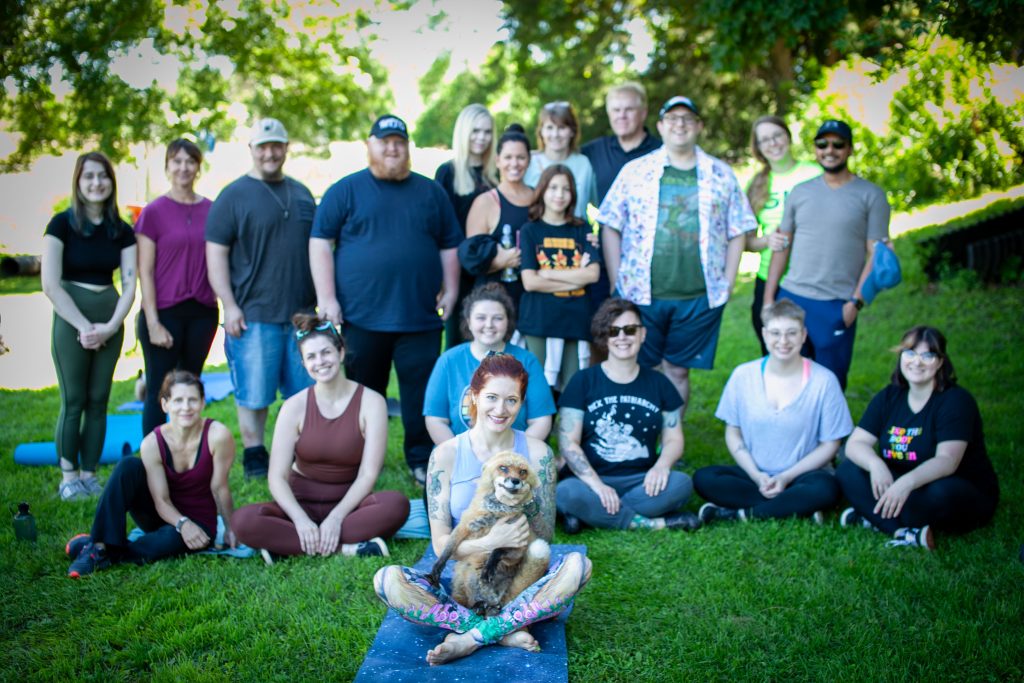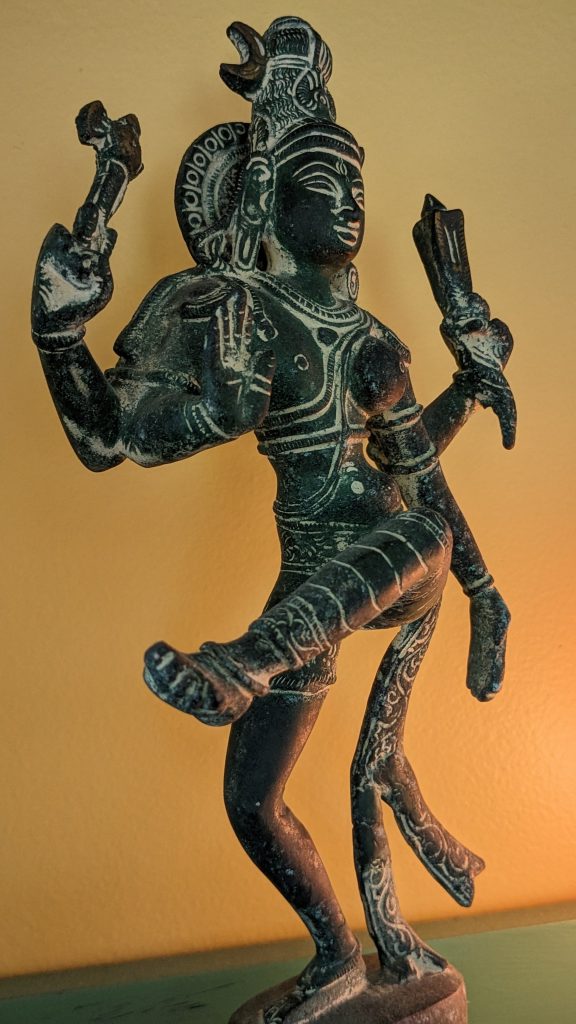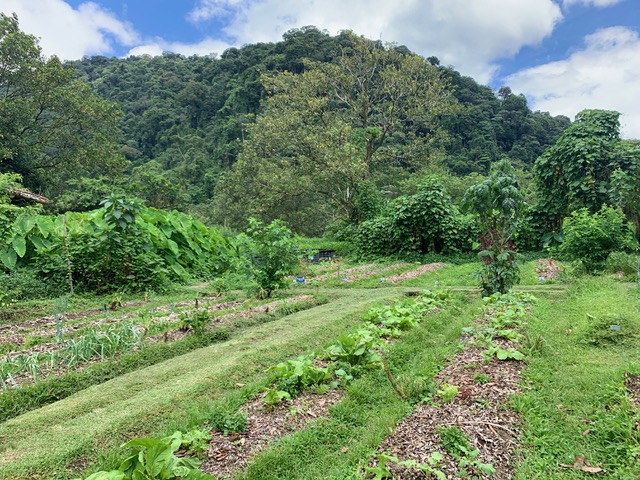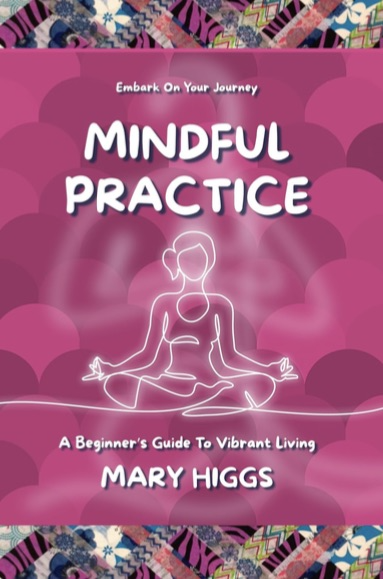“I’m afraid I’ll have a bad dream,” his little voice whispered. I could see the authentic fear glistening behind his big, worried blue eyes.
“Well, I can’t promise you won’t have a bad dream, but I do have a magic breath I could teach you. It might help you begin to uncover the fearlessness I see within you. Would you like me to show you?”
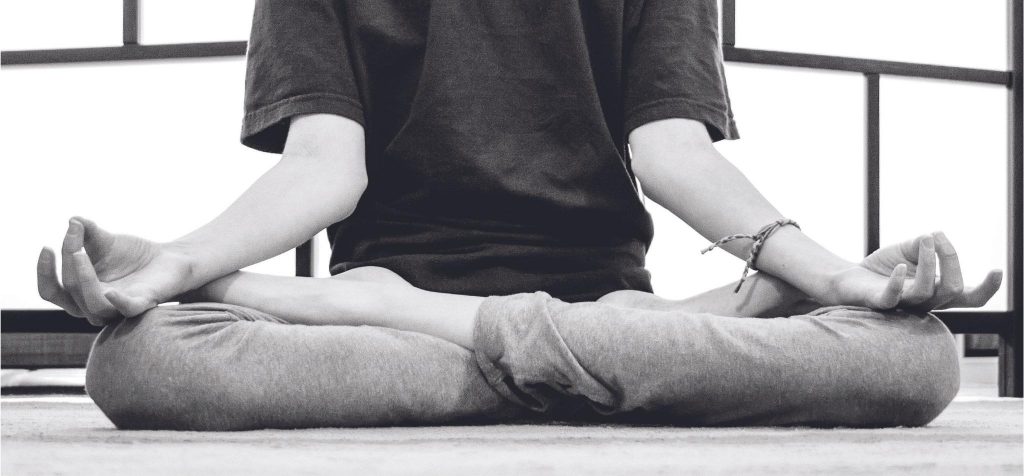
This was one of the first moments when I began integrating simple spiritual practices and mindful expressions of self-empowerment into my son’s life — practices I knew could benefit him. This simple breath helps quiet the worries and fears within, amplifying the inner voice of confidence and truth. It’s a bedtime breath we still practice together whenever he feels the need for inner comfort and strength.
As a mother and yogini, one of my foremost aspirations is to instill in my children and those within my sphere of influence a profound sense of spiritual curiosity about the world. I aim to inspire them to uncover their unique gifts, nurturing these qualities to share with the world. Within the teachings of universal spirituality, children cultivate acceptance and compassion towards themselves and others.
By imparting the understanding that their individual qualities make them special, children learn to embrace a wide spectrum of views and beliefs, developing an appreciation for diverse perspectives. They come to understand while our differences define us, our shared humanity unites us all.
Spirituality can be introduced to children through various accessible methods. This includes mindfulness exercises incorporating breathing techniques and guided imagery. Moreover, it involves immersing in nature, engaging in storytelling, nurturing creative expression, and encouraging exploration of their emotions, identity, and inquiries about the world around them.
Teaching spirituality to children serves as a pathway to explore and envisage their ideal self, discover wonder in life’s myriad facets, and comprehend our interconnectedness through shared human experiences while celebrating our unique differences. This approach helps children ground themselves during moments of discomfort, recognizing mistakes as invaluable growth opportunities. It empowers them to transcend perceived failures without shame, fostering a journey towards a version of themselves surpassing their wildest imagination in its enchantment.
By encouraging children to embrace the immense wonder of our diverse and intricate surroundings, we naturally foster greater acceptance and compassion towards the individuals they encounter. This perspective, grounded in tolerance and genuine appreciation for diversity, must initially take root within ourselves.
Equipped with the tools to explore and maintain inner peace, regardless of the challenges or circumstances they face, children can learn to be guided by this tranquility and trust. As a result, they begin to perceive everyone they meet as reflections of themselves, nurturing empathy even in the face of perceived flaws. This capacity enables them to navigate life with heightened joy, radiating this positivity to those around them, ultimately guiding their actions with love and contributing to the creation of a more supportive and inclusive community.
Meditation for a Calm Heart
This soothing breath practice (pranayama) relieves anxiety and promotes calmness and mental clarity.
Emotionally, this meditation adds clear perception to your relationships with yourself and others. When upset, sit in this meditation for 3 to 15 minutes before deciding how to act. Then act with your full heart.
Physically, this meditation strengthens the lungs and heart. Perfect for beginners, this meditation opens awareness of the breath and conditions the respiratory system.
Posture: Sit in an easy pose. Place the left hand on the center of the chest at the Heart Center. Keep the palm flat against the chest, and the fingers parallel to the ground, pointing to the right.
Make Gyan Mudra with the right hand (touch the tip of the index finger with the tip of the thumb). Raise the right hand up to the right side as if giving a pledge. Face the palm forward, the three fingers not in Gyan Mudra pointing up.Let the elbow relax near the side with the forearm perpendicular to the ground.
Eyes: Either close the eyes or look straight ahead with the eyes 1/10th open.
Breath: Inhale slowly and deeply through both nostrils. Then suspend the breath in and raise the chest. Retain it as long as possible. Then exhale smoothly, gradually, and completely. When the breath is totally out, lock the breath out for as long as possible.
Concentrate on the flow of the breath. Regulate each bit of the breath consciously.
When you hold the breath in or out for “as long as possible,” you should not gasp or be under strain when you let the breath move again.
Continue for 3-31 minutes. To end, inhale and exhale strongly 3 times. Relax.
Shanti Krishna is a mother, actor, and voice artist turned devoted Kundalini yogini. She is passionate about empowering others to master their mind, body, and soul through yogic practice, meditation, and self-reflection so they may walk through this ever-evolving world with grace and love. She aims to inspire others to embody their authentic truth and flourish within unique expression and mastery of their path of purpose and divine destiny. Inspired by youth, Shanti works with those most in need of enlightened support and love, helping bring them to their brightest self through her organization, Earth’s Root.










